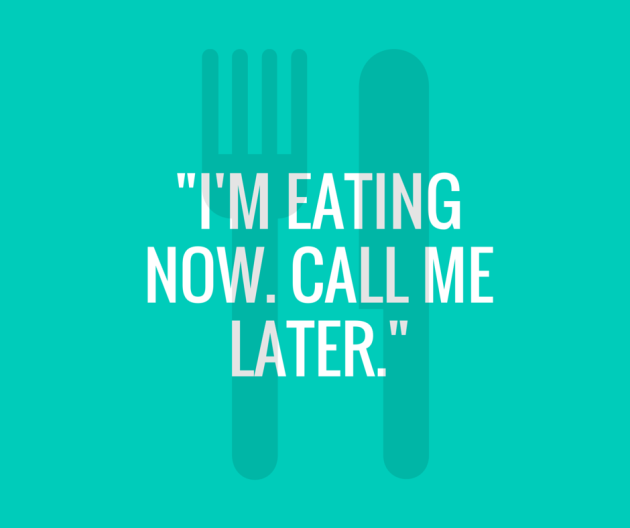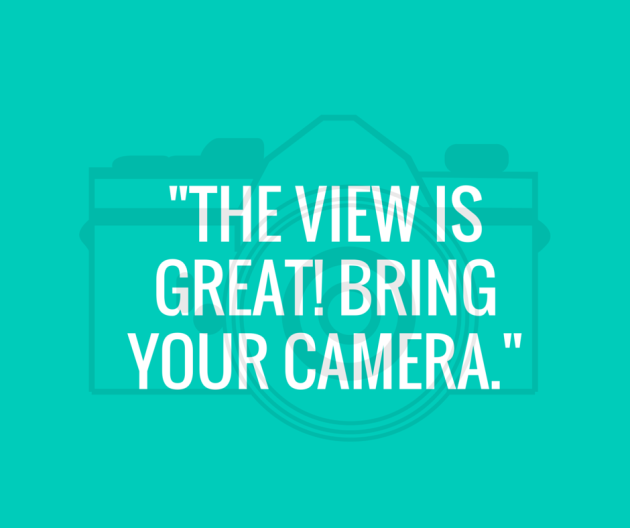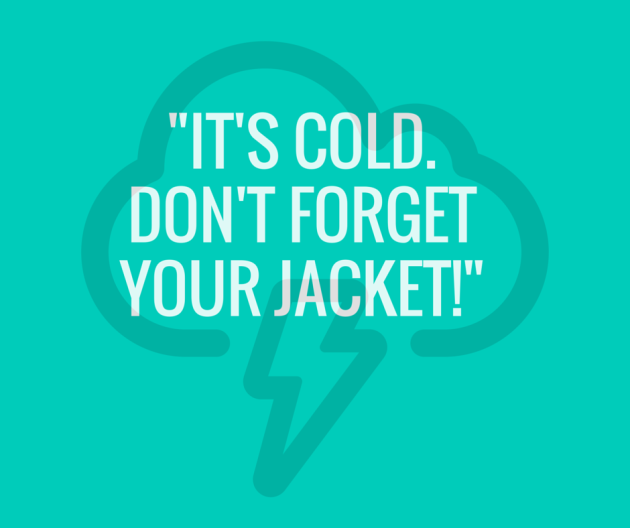Digital Hieroglyphics: How Emoji is Changing The Way We Communicate
In our modern age of short attention spans and to-the-point communication it seems that less is definitely more. Expressing what you have to say in 140 characters or less has become something of a talent, and people are constantly finding new and innovative ways to say more with as few words as possible. Acronyms, hashtags, and internet slang pop up on a daily basis, but one of the most innovative ways of communicating today actually doesn’t require letters; you guessed it, we’re talking about emoji!
Remember the good ol’ days when you’d insert a colon and parentheses at the end of a text message to wink at someone? Those days are long gone because emoji has evolved far beyond the standard smiley and frowny faces. Now, you can find everything from a variety of woodland creatures, hand gestures, and weather icons to express what you want to say. Holiday emoji, career emoji, and random emoji (like the popular poop emoji) are all just a swipe away.
It’s remarkable how reliant we have become on using emoji to express ourselves. You may not realize it, but you probably use them extensively on a daily basis, and at times you can say an entire sentence with a single, tiny image. In fact, according to BBC, not only is emoji now the fastest growing language in the UK, but most young people find it easier to express themselves with these little icons than with words. And, as the emoji language continues to evolve at an extremely rapid pace, it begs the question: are we regressing in our use of the written language?
Indeed, expressing yourself through images is nothing new to humankind. Just think of the Egyptian hieroglyphics which have stumped and fascinated experts for centuries. And even modern-day written Chinese got its start through literal images drawn to represent different objects. Let’s not forget early American cave paintings which are elaborate tapestries meant to pass on and share messages with people of the future. Humans have found communication through images a useful and vital part of their lives for thousands of years!
Of course, unlike hieroglyphics or cave paintings, Chinese, for example, has continued to evolve through the years, with the characters changing to become more practical and much less like their early counterparts. But experts are hard-pressed to state if the emoji language will evolve along a similar route as some ancient tongues. What they do say is that the emoji revolution points to the need people have to be both expressive and efficient in our digital age. Some even believe that emoji will become more elaborate as time goes by, as opposed to simplified like other written languages.
Perhaps the brilliance of emoji lies in its universal appeal. Emoji is available to anyone across the globe with a smart phone and it transcends language barriers, allowing us to communicate with people who may speak little or none of our local tongue. That’s not to say that we should give up on learning languages, of course. Statistics show that only around 40% of the world has access to internet, leaving an alarming majority who won’t know what you’re talking about if you try to communicate with emoji. So get yourself to a language class and keep your other language skills in top shape with free online placement tests. This way, whether you’re communicating in languages that are hundreds of years old, or using the emoji language, you won’t have any trouble getting your point across quickly and effectively!



